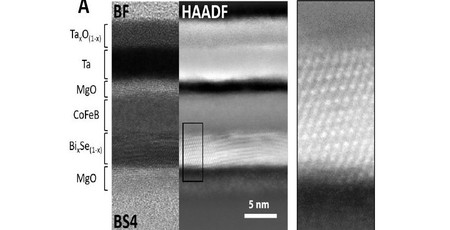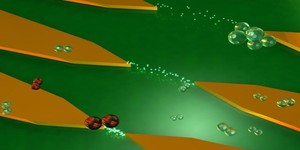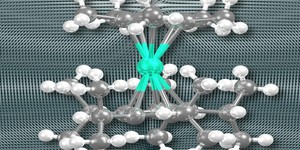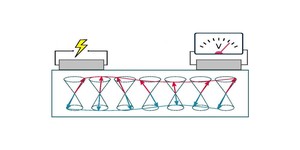Researchers claim semiconductor insulator efficiency breakthrough
August 23, 2018 | 11:24
Companies: #defense-advanced-research-projects-agency #king-saud-university #semiconductor-research-organisation #universoty-of-minnesota

A group of researchers from the University of Minnesota and King Saud University claim to have developed a new material for semiconductors, based on bismuth selenide, which could improve the efficiency of future processor and memory components.
The researchers' work started with an investigation into topological insulators, a class of materials of interest to the semiconductor industry thanks to unique spin-electron transport and magnetic properties. Unfortunately, while the materials themselves show promise, there's a serious roadblock in getting them out of the lab and into the fab: The most common fabrication techniques, molecular beam epitaxy and single-crystal growth, do not scale well to mass production.
Enter the research team, which took the compound bismuth selenide and applied the 'sputtering' thin-film deposition technique common to the semiconductor industry - a first for production of a topological isolator, the team claims. This led to a surprising discovery: With grains smaller than 6nm, the material changed its physical properties - and in doing so became a claimed 18 times more efficient than existing materials used in processor and memory semiconductor production.
'As the size of the grains decreased, we experienced what we call "quantum confinement",' explains study co-author Tony Low, a University of Minnesota assistant professor of electrical and computer engineering, 'in which the electrons in the material act differently giving us more control over the electron behaviour.'
'Using the sputtering process to fabricate a quantum material like a bismuth-selenide-based topological insulator is against the intuitive instincts of all researchers in the field and actually is not supported by any existing theory,' adds lead researcher Professor Jian-Ping Wang. 'Four years ago, with a strong support from Semiconductor Research Corporation and the Defense Advanced Research Projects Agency, we started with a big idea to search for a practical pathway to grow and apply the topological insulator material for future computing and memory devices. Our surprising experimental discovery led to a new theory for topological insulator materials. Research is all about being patient and collaborating with team members. This time there was a big pay off.'
The team's work has been published in the journal Nature, under the title Room Temperature Perpendicular Magnetisation Switching Through Giant Spin-Orbit Torque from Sputtered BiₓSe₍₁₋ₓ₎ Topological Insulator Material (PDF warning).

MSI MPG Velox 100R Chassis Review
October 14 2021 | 15:04








Want to comment? Please log in.